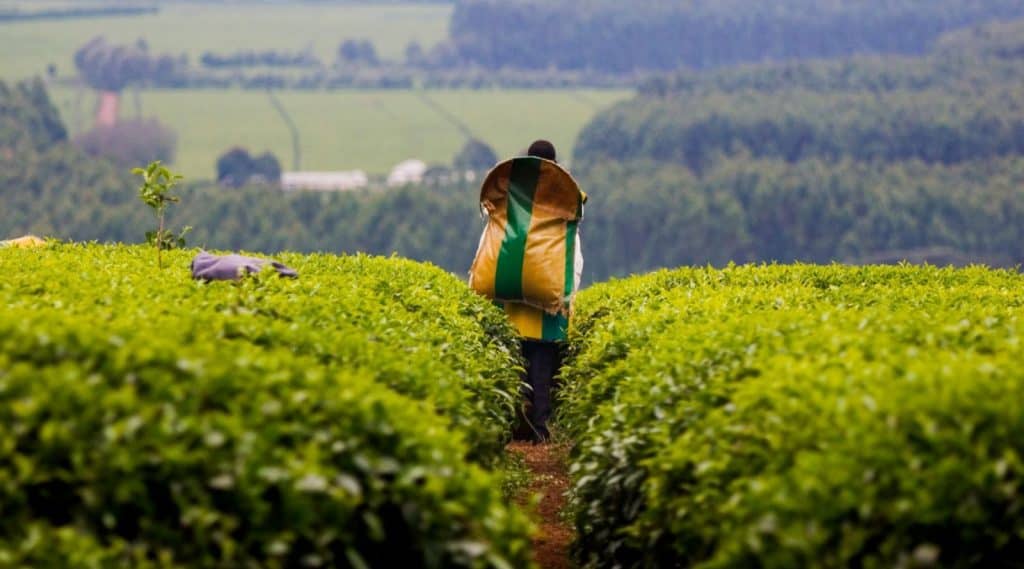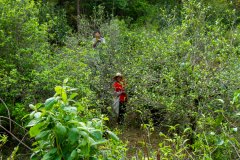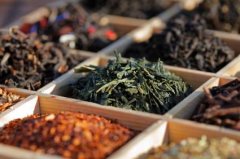What are the main producing areas of Kenyan tea? What are the advantages and characteristics of Kenyan tea?
Kenyan tea comes from natural high elevations and does not use pesticides.
It grows near the equator, so it gets plenty of sunlight throughout the year and carries out natural photosynthesis, which helps to produce natural high-quality tea.
Tea is planted in areas 1500-2700 meters above sea level, with annual precipitation of 1200-1400 mm, distributed throughout the year. This makes the supply of Kenyan tea consistent in quantity and quality throughout the year.
Kenya has a wide variety of tea, which is naturally suitable for tea-growing areas. Research continues in this field. With the development of each new variety, the chemical properties of agricultural products have been enhanced. This means that the health properties of tea can be found in large quantities in Kenyan tea. More than 90% of Kenya's tea is picked by hand. Only the top two leaves and buds are used to produce tea. This explains its excellent cup shape and aroma. Kenya has developed tea production skills over the years, which can be demonstrated by the quality of tea. The Kenyan tea factory / production facility is certified by internationally recognized standards.

The types of Kenyan tea
There are three kinds of tea: green tea, oolong tea and black tea.
This is the result of the processing of tea in any of three different ways (unfermented, partially fermented or fully fermented).
Green tea: this kind of tea is made by steaming green tea to prevent oxidation, rolling up the tea leaves to express their taste, and then heating and drying.
Black tea: this kind of tea is made by "wilting" the green leaves so that the leaves are oxidized (also known as fermentation), then roll them up, and then use high temperature to stop its oxidation fermentation process.
Oolong tea: oolong tea, also known as black tea, is made in the same way as black tea, but the drying time is shorter, so the tea will not be oxidized or fermented.
Important Notice :
前街咖啡 FrontStreet Coffee has moved to new addredd:
FrontStreet Coffee Address: 315,Donghua East Road,GuangZhou
Tel:020 38364473
- Prev

How to distinguish the seven steps of tea quality identification what are the quality identification standards of tea
We all know the basic principle of the quality standard of bulk tea: do not buy bagged tea, make sure the tea is not dust. However, there are many standards for tea picking and production. Although these standards vary depending on the type and variety of tea, there are some standards that apply to most bulk tea. Tea quality standard the common attributes of tea standards, whether black tea, oolong tea, green tea, yellow tea, white tea or
- Next

What's the difference between BOP and BP black tea? What's the difference between black tea BOP and CTC?
Chopped Orange White Hao (BOP1) BOP1 tea. This hand-picked, hand-made blend comes from the Timbla region, one of the oldest plantation areas in Sri Lanka, established by British colonial businessmen. Sweet, spicy, strong taste and long-lasting perfume smell make you feel refreshed and happy as a whole. Our colonies mixed wine in the morning with trees planted at high elevations.
Related
- Beginners will see the "Coffee pull flower" guide!
- What is the difference between ice blog purified milk and ordinary milk coffee?
- Why is the Philippines the largest producer of crops in Liberia?
- For coffee extraction, should the fine powder be retained?
- How does extracted espresso fill pressed powder? How much strength does it take to press the powder?
- How to make jasmine cold extract coffee? Is the jasmine + latte good?
- Will this little toy really make the coffee taste better? How does Lily Drip affect coffee extraction?
- Will the action of slapping the filter cup also affect coffee extraction?
- What's the difference between powder-to-water ratio and powder-to-liquid ratio?
- What is the Ethiopian local species? What does it have to do with Heirloom native species?

